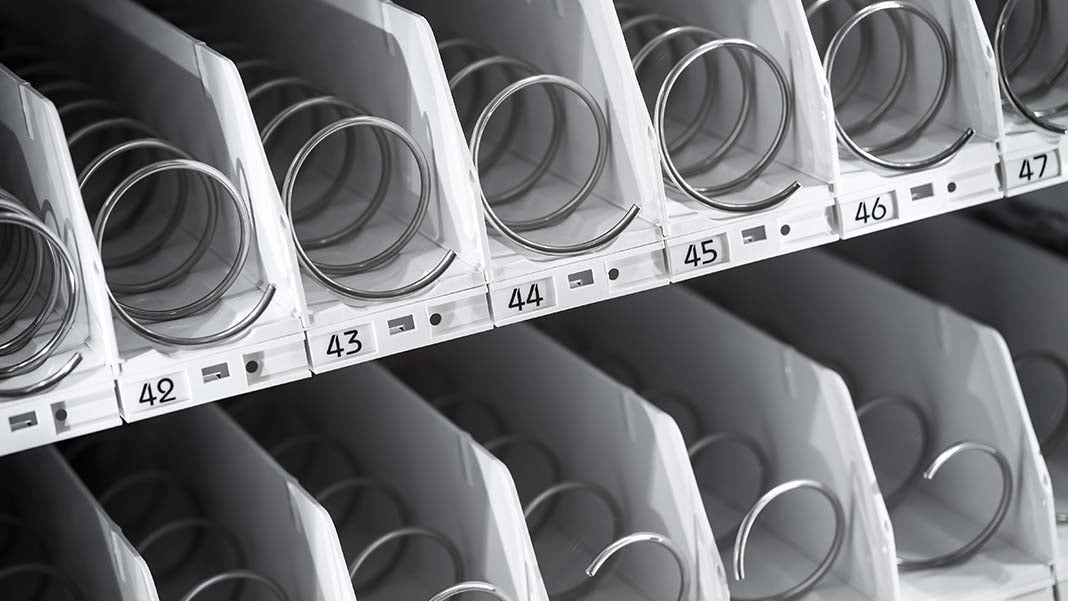How to Find, Buy and Operate an Independent Route Business
By: SmallBizClub

Independent distribution routes are often referred to by a number of different terms. Independent route, distribution route, delivery route, independent operator (IO or IBO) route, sales route, bread route, chip route, cookie route, vending route, ATM route and the list goes on. If you’re feeling entrepreneurial and looking to become an independent operator, this article will explain what these routes are, how to find one and how to turn it into a profit-generating and equity-building business.
What Types of Routes are There?
Different types of route businesses are available in different parts of the country. Primarily you will find the following types of routes:
- Bread routes
- Snack routes
- Cookie routes
- FedEx Ground routes
- ATM routes
- Vending machine routes
- Pool routes
How Do the Routes Work?
Typically, the owner of the route is referred to as an independent operator. These are almost always sole-proprietorship opportunities. The owner has exclusive access to a designated territory and is responsible for the sales inside of that territory. Sales can be increased when the owner adds new accounts or improves the performance of already established accounts.
Click here to read more about sole proprietorship opportunities
Personal experience has shown me that most routes have a substantial amount of untapped potential. A good sales strategy, such as building relationships with management and actively selling displays for promotional items, can quickly add significant sales volume to a route. For food product distribution routes, the owner purchases wholesale-priced goods from a supplier such as Bimbo Bakeries, Snyder’s-Lance or Pepperidge Farm. They then sell the products to the accounts within their territories. Routes such as ATM, vending or pool routes are completely service-based and offer even more flexibility in terms of pricing and schedule.
How Do Route Owners Get Paid?
If the route owner is distributing products from a major company such as Pepperidge Farm, the territory purchase agreement will detail the owner’s commission percentage for the products being sold. This percentage can range anywhere from 10-25%. Here is an example to better illustrate the weekly payment process:
- Owner takes $10,000 worth of product from the Pepperidge Farm warehouse
- Owner sells the product to his accounts at a cost of $12,000 throughout the week
- Pepperidge Farm handles accounts receivable and collects the $12,000 from the accounts
- Pepperidge Farm issues a $2,000 payment to the Owner
The example above assumes 20% commission and that all of the accounts are on credit payment terms. Some routes do have cash accounts and in that scenario the owner receives cash payment directly from their account.
What is the Relationship Between Owner and Supplier?
While the route owner is an independent operator and runs the business as they see fit, the companies supplying the products will often provide sales support on the route. Most companies have district managers and other personnel that will help facilitate the sales process in your territory. These individuals can help manage store relationships inside your territory, sell displays into your accounts, seek out additional accounts, etc.
The supplier and owner often work in a partnership since increasing sales is beneficial for both the independent operator and the supplying company. The company will also provide display pieces and other items that you can use to drive sales in your territory.
How Do You Buy or Sell a Route?
Since these routes are independently owned, they can be purchased and sold between individuals. Route values are determined based on a variable multiplier. The multipliers are dependent on the type of route, the supplying company, the location and the weekly sales average. For example, routes in New York City will sell for a much different multiplier than routes located in rural Kansas. Similarly, routes with a sales average of $10,000 per week will likely sell at a higher multiplier than a route averaging $5,000 per week.
The route sales process can be complicated and extremely time-consuming. Sellers have to gather route information, advertise their route, qualify and meet with interested parties, work with their supplying company to get sales paperwork and more. Interested buyers have to find routes and then determine if the route is right for them. This includes information gathering, fact checking, reviewing the route in person, determining how the route purchase would be financed, etc.
Which Type of Route is Right for Me?
The chart below provides a general outline of the different types of routes and their features. These features are typically true for each business type, although routes can vary. With this basic information to get you started, what’s holding you back?
| Companies | Hours/Week | Physical Level Required | Autonomy | Financing | |
| Bread | Pepperidge Farm, Bimbo, Arnold, Sara Lee, Martin’s, Holsum, Local Bakeries | 25-60 | Higher. Bread products are heavier and often delivered in large stacks. Must pull stale product more frequently | Very high. Management from supplier will help increase sales | Almost always available through the supplier’s banking partner |
| Snack | Utz, Snyder’s-Lance, Tim’s Cascade, Wise, Mission Tortilla | 25-60 | Lower. Typically moving chips, pretzels and other products in boxes | Very high. Management from supplier will help to increase sales | Almost always available through the supplier’s banking partner |
| Cookie | Pepperidge Farm, Voortman’s | 25-60 | Lower. Product is heavier but easier to move and has extremely long expiration codes | Very high. Management from supplier will help increase sales | Available for larger companies such as Pepperidge Farm. Smaller companies may not have financing |
| ATM | N/A | 5-40 | Very little physical effort. Once the machines are on location the only “product” being distributed is cash. | Complete autonomy | Almost always sold directly from seller to buyer. Financing would have to come through a third party |
| Vending | HealthyYOU | 5-40 | Moderate. The most cumbersome products are drinks | Complete autonomy | Almost always sold directly from seller to buyer. Financing would have to come through a third party |
| Pool | N/A | 5-40 | Moderate. Equipment must be setup and operated at each pool site | Complete Autonomy | Almost always sold directly from seller to buyer. Financing would have to come through a third party |
 Author: Jay Armour is a Chicago area business owner that has extensive experience in independent route sales businesses. He currently owns and manages The Route Exchange which specializes in the marketing of routes for sale. He can be contacted directly through either twitter or LinkedIn.
Author: Jay Armour is a Chicago area business owner that has extensive experience in independent route sales businesses. He currently owns and manages The Route Exchange which specializes in the marketing of routes for sale. He can be contacted directly through either twitter or LinkedIn.












